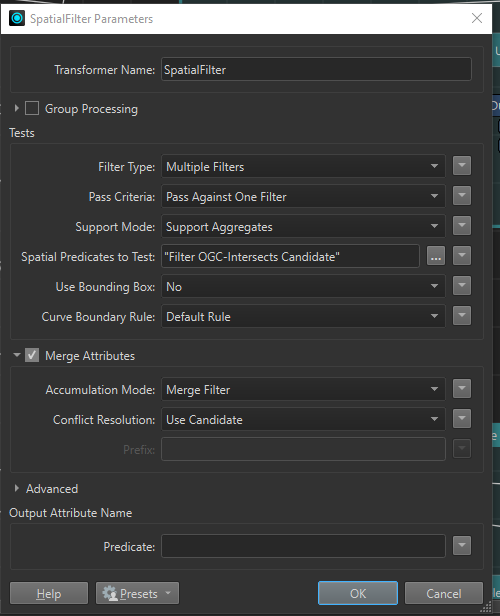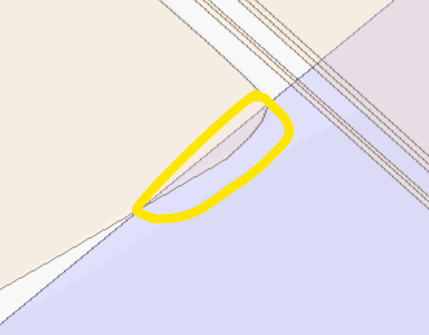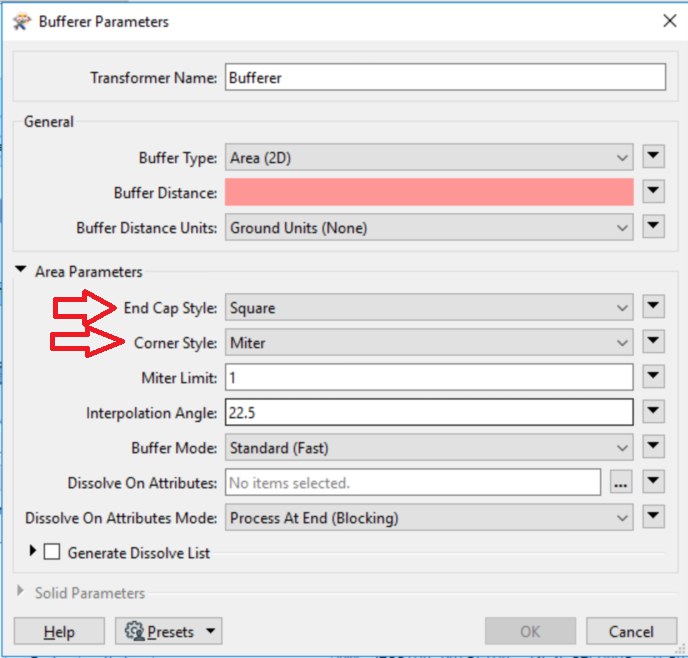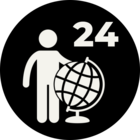I'm using FME Workbench version 2023.2.3.
I have 2 datasets, 1 dataset contains around 2,5 million polygons, the other dataset is 1 polygon (a province in this case). I want to know which polygons overlap with the province (even if the overlap is small). I use a SpatialFilter for this, with the 2,5 million polygons as candidate and the 1 polygon of the province as filter. Below are the settings:

Now I noticed some issues, where some polygons who do have an overlap, still end up in the ‘failed’ port. Like the example below:

I asked some colleagues and they don't know what's going on here. Everything looks alright and we have no idea why this doesn't go in the ‘passed’ port. It almost seems like a bug.
I use this SpatialFilter a lot, so I'm curious what's going on here. I hope someone can help me to figure this out.


















